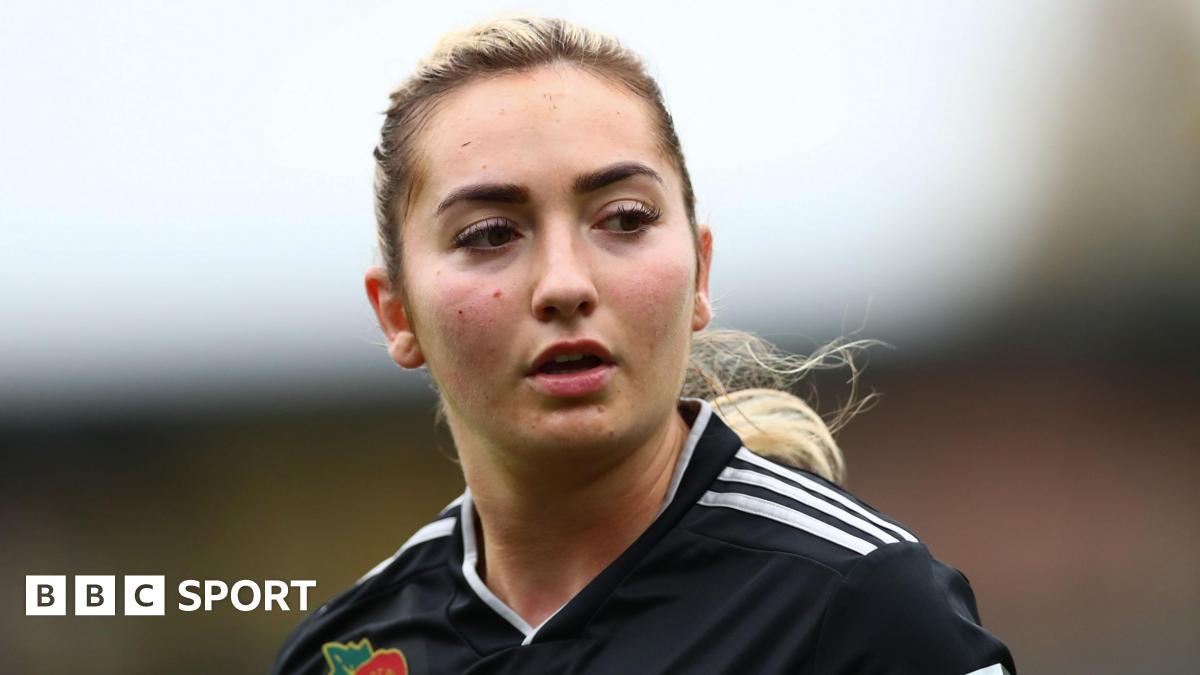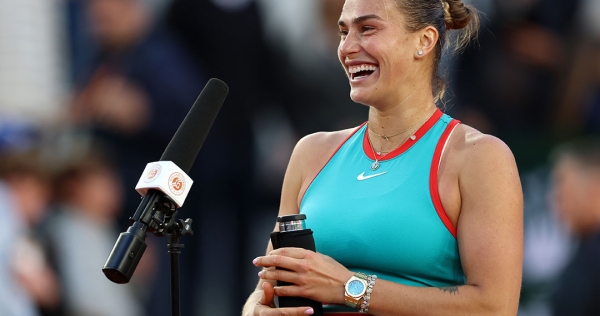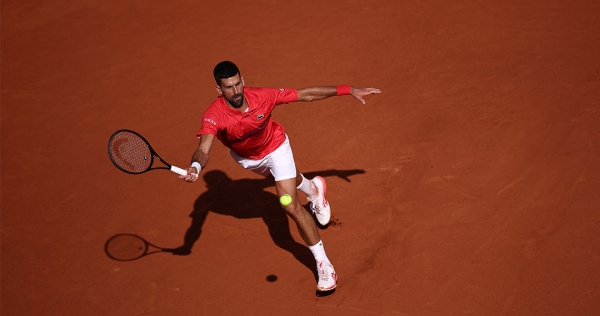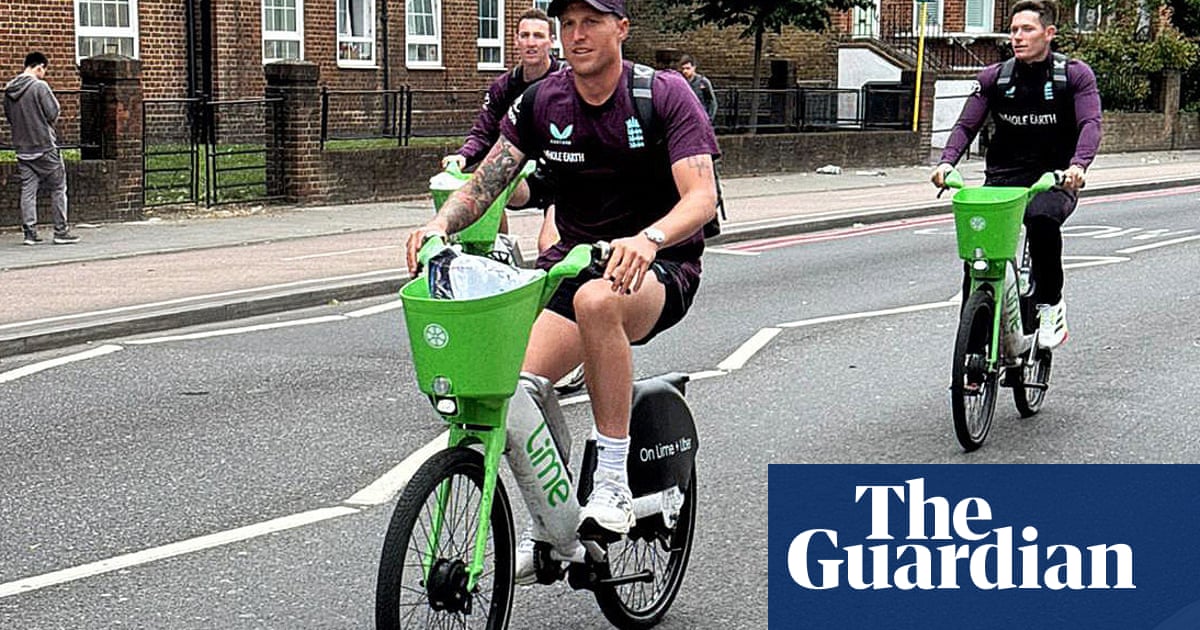Brazil return to their roots with appointment of Carlo Ancelotti

On Friday, against Ecuador in Guayaquil, Carlo Ancelotti will become the first foreigner ever to take sole charge of Brazil. For any major nation to turn to a foreign coach is always an admission of failure.Apart from England, the only other country to turn to a foreign coach after winning the World Cup is Uruguay, which has a population of just 3.5 million, and they didn’t do so for half a century after last lifting the trophy (the Argentinians Daniel Passarella in 1999 until 2001 and Marcelo Bielsa from 2023 to today). But the truth is that Brazilian coaching has been in retreat for some time.The situation is stark. The Brazilian league is by far the wealthiest in South America. Brazilian sides have won the last six Copas Libertadores, and have beaten Brazilian sides in four of those six finals. Yet four of the last six Brazilian titles have been won by Portuguese coaches while Otto Glória, who led Benfica to the 1968 European Cup final, remains the only Brazilian ever to have been successful at elite club level in Europe. Ancelotti’s arrival means no national team in the South American confederation is managed by a Brazilian; seven Conmebol sides are managed by Argentinians (not including the Peru coach, Óscar Ibáñez, who was born in Argentina but played for Peru). That’s not just a linguistic issue: it may be Brazil who have the money, but it’s Argentina who have the culture and the knowhow.Yet Brazilian coaching once led the world. The legend may have it that Brazil won three World Cups between 1958 and 1970 by grabbing some brilliant individuals off the beach but it’s not true. Determined to put right what had gone wrong in 1950, when defeat in the final game to Uruguay at the Maracanã had cost them a World Cup that had seemed theirs, Brazil prepared for 1958 like no side had ever prepared before.A delegation led by the national team’s doctor, Hilton Gosling, assessed 25 sites in Sweden before choosing a training base in Hindås, a resort near Gothenburg. Although attempts to have a local nudist colony closed for the duration of the tournament failed, all 28 female members of staff at the team hotel were laid off for the duration of the tournament “to reduce distractions”. The players were put through a rigorous fitness regime, while their backroom staff included not only Gosling but also a dentist and a psychologist. The Juscelino Kubitschek government, which provided much of the funding, was thoroughly technocratic as it sought to achieve “50 years’ development in five”, and the same principle was applied to football: expert advisers and detailed planning were all.View image in fullscreen Pelé and the Brazil team and staff relax at their base outside Gothenburg during the 1958 World Cup. Photograph: Rune Andréasson/SCANPIX/TT News Agency/PA ImagesBrazil were also tactical pioneers. The influence of a wave of Hungarian coaches in the 1930s, missionaries of the coffee-house tradition, most notably Dori Kürschner, had led by the 50s to the development of 4-2-4 and, with it, a form of zonal marking. As late as 1957, the great Hungarian Bela Guttmann was managing São Paulo to the Paulista state title. There was a continual dialogue with outsiders, and not only those from Europe. Vicente Feola ended up leading Brazil in 1958, but the job very nearly went to the Paraguayan Manuel Fleitas Solich.The 4-2-4 not only gave Brazil an extra man at the back when out of possession, but allowed their full-backs to advance, the left-back Nílton Santos in particular, offering a wide variety of attacking angles. Hungary had edged towards a 4-2-4 without quite getting there, but this was something radical and new. European observers in Sweden were entranced and in the years that followed, almost everybody started experimenting with a back four. By the 1962 World Cup, though, Brazil had already moved on, withdrawing Mário Zagallo to create an asymmetric 4-3-3. Brazil were at the cutting edge, and remained so in 1970 as Zágallo, by then the coach, put together a compact and balanced team that in effect contained four No 10s and a wide forward.skip past newsletter promotion Sign up to Soccer with Jonathan Wilson Free weekly newsletter Jonathan Wilson brings expert analysis on the biggest stories from European soccer Enter your email address Sign up Privacy Notice: Newsletters may contain info about charities, online ads, and content funded by outside parties. For more information see our Newsletters may contain info about charities, online ads, and content funded by outside parties. For more information see our Privacy Policy . We use Google reCaptcha to protect our website and the Google Privacy Policy and Terms of Service apply. after newsletter promotionBut despite pioneering zonal marking, Brazil never developed that into pressing. The experience of the 1954 and 1966 World Cups had created a feeling that Brazil could not match European sides physically. As the military government took over all areas of life, Brazilian coaching became increasingly focused on the measurable. Telê Santana’s sides of 1982 and 1986 represented a throwback, but defeats by Italy and, on penalties, France added to a sense the Europeans were somehow tougher or stronger. That has only grown since their last World Cup triumph in 2002. Brazil have been eliminated by the first European side they have faced in a knockout tie in each of the last five World Cups.The excessive focus on physical preparation began half a century ago, but it is now compounded by a short-termism and impatience within Brazilian club football. Lose three games in quick succession at even a medium-sized club and a manager is likely to be sacked. The result is a focus on results at the expense of process, while the classic ball‑playing Brazilian midfielder – a Didi, Gérson or Falcão – is all but extinct.View image in fullscreen Carlo Ancelotti will carry on working with Vinícius Júnior, who excelled under his coaching at Real Madrid. Photograph: Isabel Infantes/ReutersInsularity and complacency, fostered by those five World Cup wins, discouraged dialogue with abroad. When Tite, the outstanding Brazilian manager of the past 15 years, took a sabbatical in 2014 to observe, among other sides, Ancelotti’s Real Madrid, it was regarded by many in Brazil as a controversial indulgence. The crushing 4-1 defeat by Argentina in March, though, has forced radical action.But appointing Ancelotti doesn’t just expose Brazil once again to foreign ideas; it specifically reconnects Brazil with the tradition that made it great. Ancelotti’s great mentor as a coach was Nils Liedholm, who coached him for five years at Roma, where he played alongside Falcão, before preparing the ground at Milan for Arrigo Sacchi’s revolution, which Ancelotti later joined. Liedholm’s great mentor was the avuncular Hungarian Lajos Czeizler, who shaped him as a player at Norrköping and then took him to Milan.And Czeizler, who was on MTK’s books just after the first world war when Kürschner was coach, is a product of exactly that Budapest culture that shaped Guttmann and the other Hungarian pioneers. With Ancelotti, Brazilian football has returned to its roots. As with so many countries, they lie firmly in the Danubian coffee-house tradition.









